Egypt Magic [1483]
Salonga and Ghazal Reserve in Aswan, Egypt
The reserve is named after the first waterfall reserve and is named after it is located in Aswan city in southern Egypt in the first waterfall area. The reserve is about 3 km north of the Aswan reservoir inside the Nile River, unique and distinguished by its natural greenness; it is also the smallest reserve in Egypt.
Saluja and Ghazal are two major islands, namely Saluja Island and Ghazal Island. These islands are connected by many small islands related to each other when the water level of the Nile falls in the winter, especially in January and February. The word “waterfall” in the ancient Nubian, while the name of the island of Ghazal, seems to indicate the spread of a type of deer in the area in a period earlier, while there are no deer in the islands of the protectorate at present, and the area of the Saluja and Ghazal reserve to 55 acres, The management of the reserve is to protect and maintain space He was born in full, in addition to all the surrounding islands, especially with natural components. The importance of protecting and preserving the islands is protected because it contains special plant components that represent the rest of the Nile Valley plants mentioned in the ancient myths and painted on the walls of ancient Egyptian temples.
The area has been declared a nature reserve by a decision of the Prime Minister of Egypt in 1986 to preserve the biological diversity of endangered fauna, flora and fauna. And was declared as a biosphere reserve in 1993 by the UNESCO Man and the Biosphere Program in the French capital of Paris. The reserve is classified as wetland reserves, flooded with water from several centimetres to several meters during the year. It has an area of 5 square kilometres, one of the smallest reserves in the Arab Republic of Egypt, and includes many of the plants that the Nile River Valley characterizes.
The reserve has a diversity of organisms from both animal and plant kingdoms, despite the small size of the reserve and its presence in the centre of the Nile.
One of the most famous animals in reserve is “camels, goats, wild ass, hyenas” and red fox, although he does not live mainly in the islands but lives in the West Bank of the Nile and crosses the river to build a cow on the islands. 135 species of birds resident and migrated, and some of them threatened extinction and the most famous of these rare birds black ibis, which was taken as a symbol of the sanctuary, and white and green, and the punishment of eagle, hawks, Ducks, The Egyptian geese, the royal broccoli and the purple water hen, which are of great benefit in clearing the environment of agricultural pests and other decaying remains. In addition to animals and birds, there are some kinds of reptiles,
The reserve is also characterized by the presence of many invertebrates, which live mostly under shrubs, such as ants and beetles, which have an important role in the ecological balance and biological and soil fertility protection.
As for the plant life of the reserve, it is more diverse and clear. More than 140 different types of plants have been registered in the reserve. Some of these plants are specific to the Nile Islands and do not grow outside. The most famous trees are the Acacia or Al-Talh, of which there are five species. The rare species of acacia are present in one place, of which there are 13 species in the Arab Republic of Egypt. The available types of acacia trees in reserve are: “Loan, sisal, wood, talh and kebab”, in addition to Hanna, “Which is characterized by a strong sense And the scientific explanation of this phenomenon is that the plant draws water from the leaves to the leg when he feels the danger, and besides the types of trees mentioned in the protected area are also trees, “Luith” and “Hegelig” and ” Kalkh, Hantal, Cinamaki, Arak, Tarfa and Hurgal. The reserve also boasts spectacular landscapes that combine the often quiet vegetation with the water surface of the Nile, making it an important tourist attraction. Of the visitors of Aswan, Egyptians and foreigners on his visit, and many researchers and scholars in the field of Natural, biological and geological blame.
The nature of the protected islands is unique and may not be available elsewhere. Nature and topography vary from one region to another. This has given a unique biological diversity despite the small size of the protected area. The southern regions of the islands are dominated by the granitic rocky nature of some plants. The central areas of these islands are called areas of meadows, which are areas of deposition of layers of silt over dozens of years interspersed in some areas of the small rock areas. This area is characterized by a high density of trees of the age trees. In contrast, the northern regions of the islands Mia Salluja and Gazelle are characterized by easy and flat covered by sand. These areas are covered by water during periods of high levels of the Nile.
As for the activities of the reserve, there are many activities carried out by the Department of the reserve, such as the periodic monitoring of protected organisms from animals, birds and plants, as well as conducting studies on migratory birds through the work of the bird counting station established in reserve in cooperation with Polish expertise in this field, The environmental awareness needed for the residents of the region, the reception of visitors of the reserve, tourist groups and school trips, and explain and explain their components to them.
And the plan for the development of the reserve, including linking all the islands of the reserve through the establishment of many crossings natural materials available in the region, and the establishment of a reception centre for visitors in reserve includes a museum of natural history, lecture hall, open theatre and showroom and research laboratory, and continue in all previous activities and work On the status of the protected islands on the tourist map in Aswan, and can be reached by the linches anchored in the anchorage of the island of Aswan, which is located on the Nile in front of the Central Aswan General, which goes south through the Nile to the reserve and this trip Nile It takes about 15 minutes to reach the protected area. There is no entry fee for the reserve. Still, approval must be obtained for visiting the protected area in the form of a permit issued by the administration of the reserve specifying the day of the visit and the number of visitors. The Environmental Affairs Agency in Aswan is located in Sadat Road next to the blood bank.
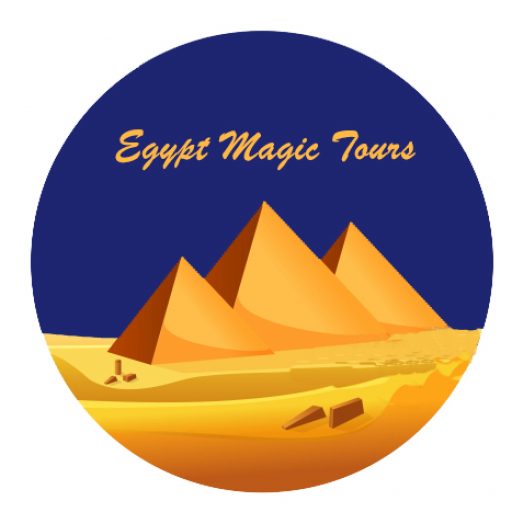

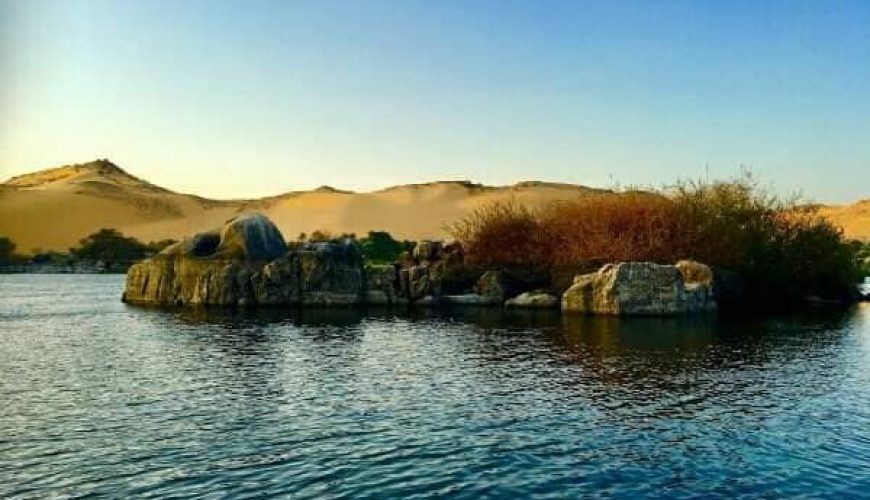
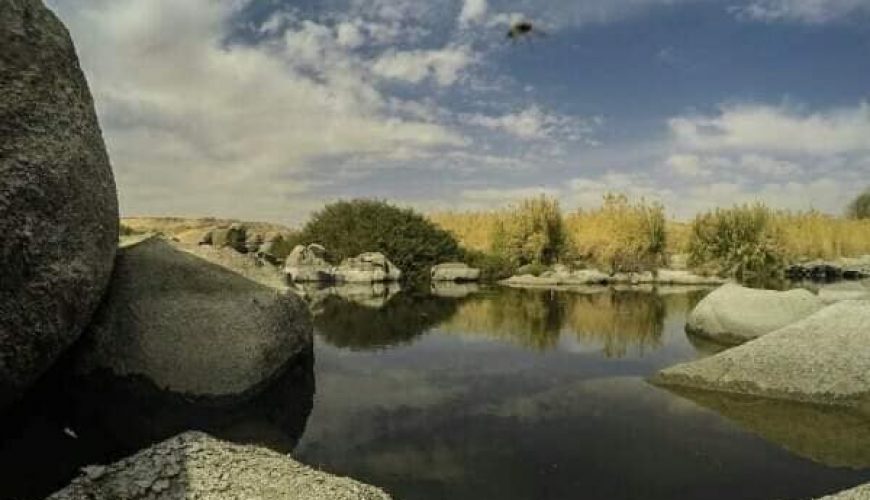
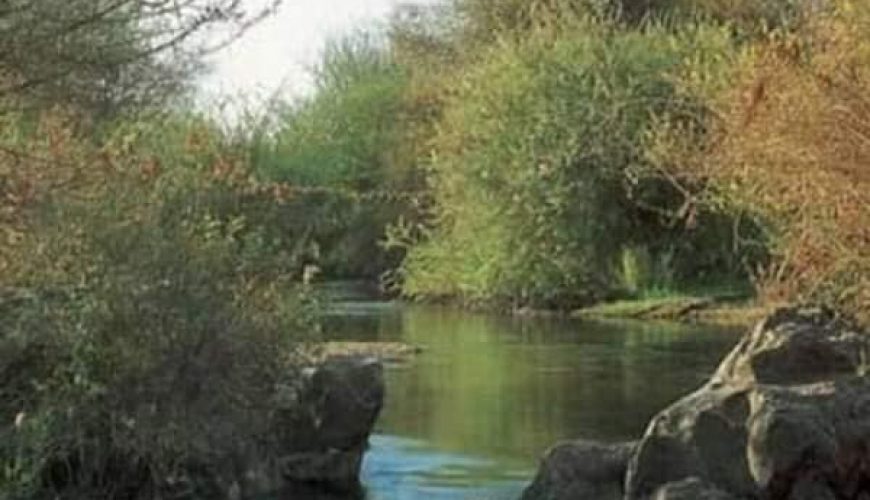

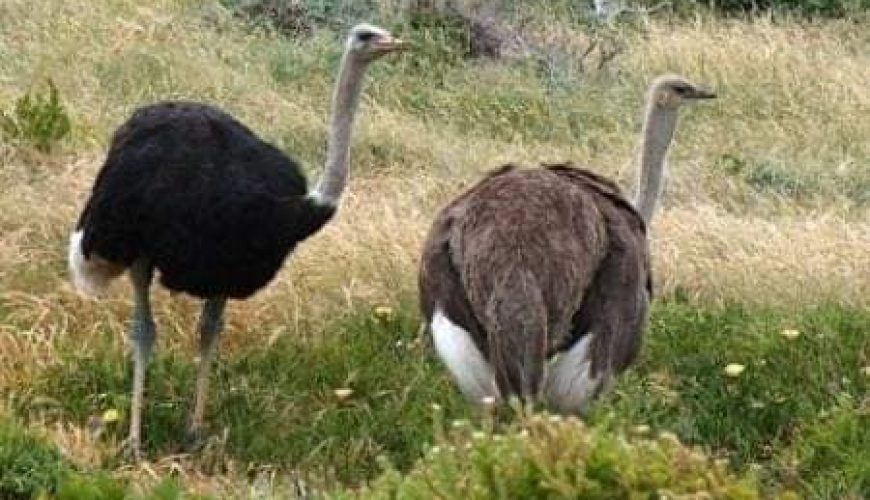


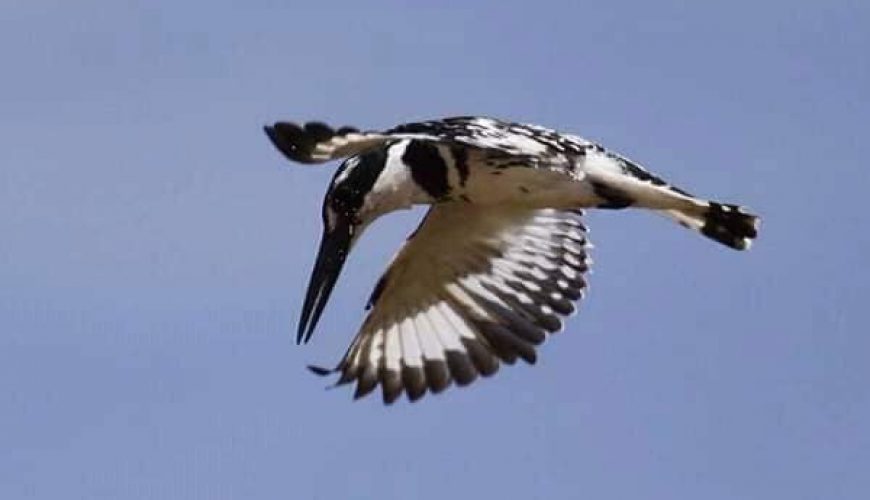

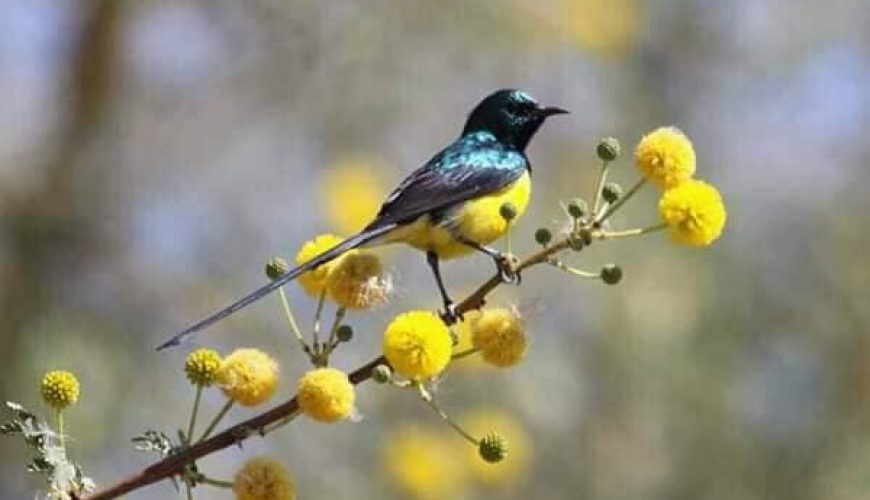
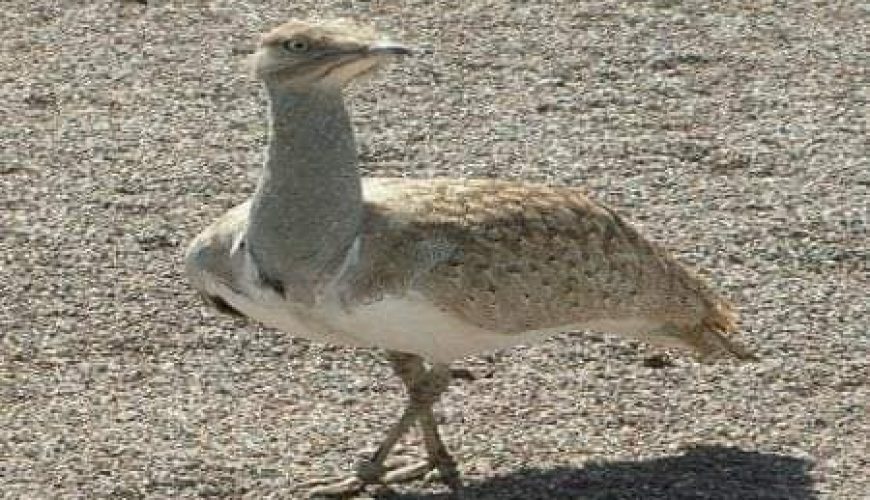
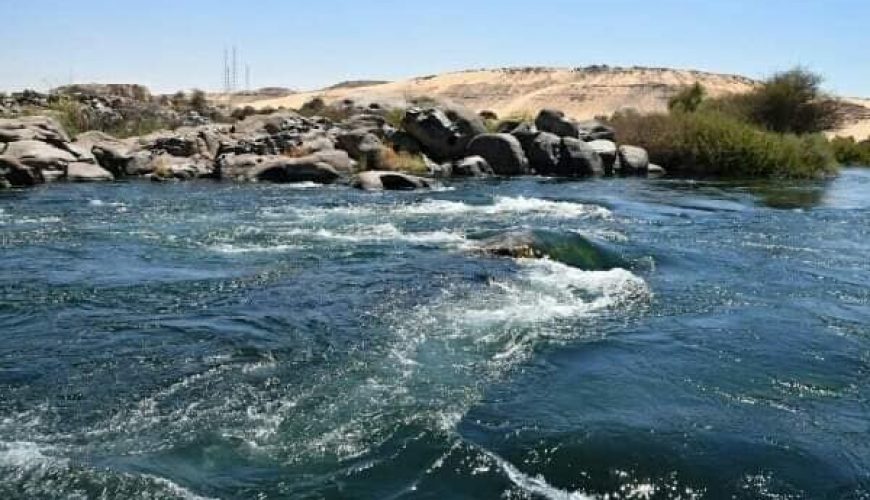


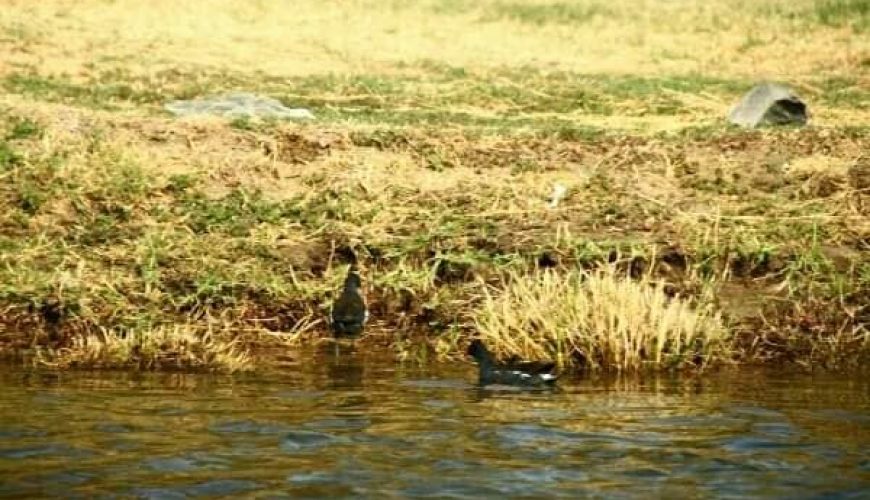
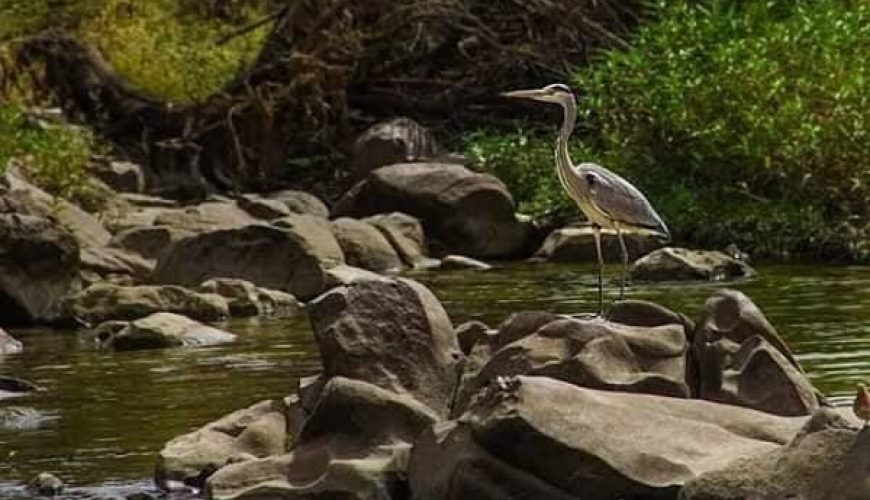
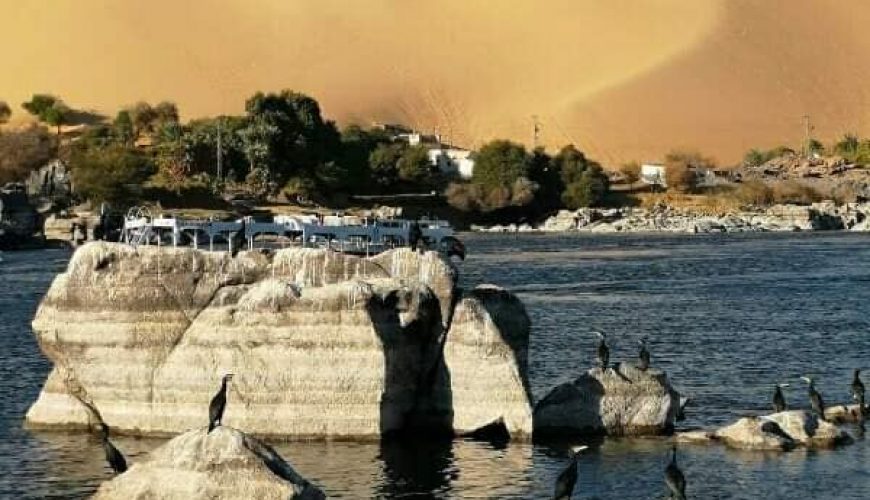

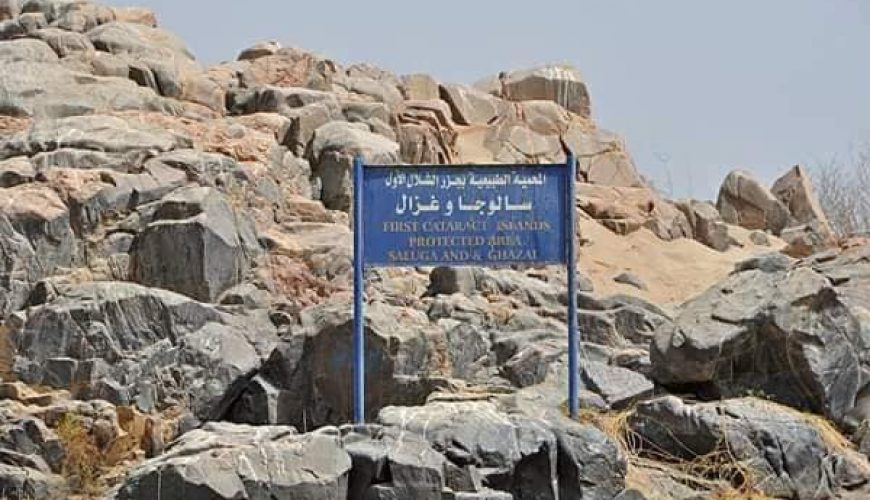



Comment (0)